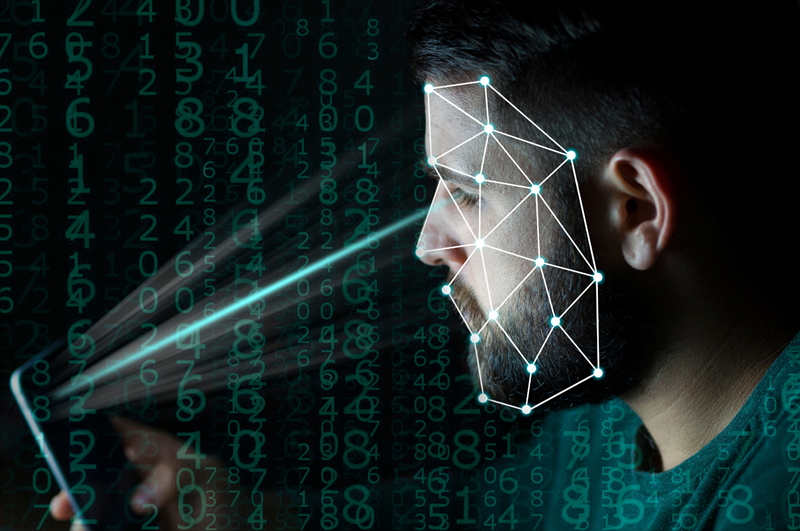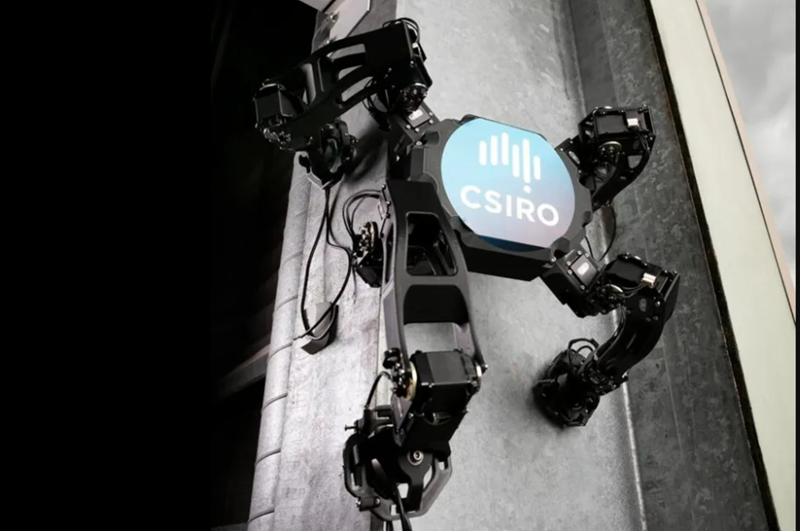Important information
The National AI Centre (NAIC) is transitioning from CSIRO to the Department of Industry, Science, and Resources (DISR) on 1st July 2024. You can find the latest NAIC content at industry.gov.au. For any NAIC-related questions, please email NAIC@industry.gov.au.
About
Computational thinking is an essential skill that equips students with the ability to tackle complex problems in a rapidly evolving world. These skills include critical and creative thinking, teamwork, and problem-solving.
Students can learn to break down challenges, recognise patterns, and design logical solutions across disciplines. By cultivating computational thinking, students can approach real-world challenges with confidence and adaptability, building a strong foundation for lifelong learning.
The Computational Thinking in Action resource collection is designed specifically for Australian Year 5 and 6 classrooms. This comprehensive set includes five student worksheets, a computational thinking definitions handout, a reflective worksheet, and a teacher guide. Printable and ready to use, these resources offer hands-on activities that promote collaboration and deep thinking, making computational thinking engaging and accessible for students.
The student worksheets have been designed for printing; therefore, only an accessible PDF version has been supplied.
The Computational Thinking in Action resource collection was funded by the Australian Government Department of Industry, Science and Resources through the CSIRO Digital Careers program.
Available resources
Australian Curriculum Links
View how these resources can be linked to certain learning areas within the Australian curriculum.
Download Australian Curriculum links PDF (708 KB)
Download Australian Curriculum links - text version TXT (2 KB)
Teacher resource
Use this teacher resource to effectively incorporate the Computational Thinking in Action student worksheets into your Year 5 and 6 classrooms.
Student worksheets
Thinking about Computational Thinking
Each Computational Thinking in Action worksheet is designed to be used alongside two key resources. The Definitions handout introduces essential terms and concepts, providing a foundation for understanding. The Student worksheet should be completed after each activity to encourage reflection, facilitate discussions, and inspire ideas for extensions or new projects.

Definitions handout PDF (65 KB)
Facial recognition
Discover how facial recognition algorithms work by measuring and analysing facial features. Students will take turns measuring each other's facial dimensions, smiling to observe changes, and then re-measuring. By comparing their results with their classmates, they’ll gain hands-on experience in understanding the principles behind facial recognition systems.
Requires: Graph paper, ruler/measuring tape, string.

Facial recognition student worksheet PDF (178 KB)
Facial recognition teacher guide PDF (62 KB)
Rubbish robots
Create a single algorithm to coordinate the movements of three robots, optimising their paths to collect the maximum amount of rubbish. Test your solution by running it and comparing the results with classmates to see whose algorithm is the most efficient.
Requires: Coloured counters, hole punch chads, grid and answer sheet.

Rubbish robots student worksheet PDF (147 KB)
Rubbish robots teacher guide PDF (358 KB)
Failsafe network
In this activity, your students will engage in a dynamic, hands-on challenge that fosters critical thinking and collaboration. Students will problem-solve in groups to design a network that can withstand failures. This activity aims to help students understand the importance of robust systems and effective communication.
Requires: Pens and paper, string.

Failsafe network student worksheet PDF (160 KB)
Failsafe network teacher guide PDF (115 KB)
Drone delivery
In this activity, students will explore networks and efficiency through a practical problem-solving challenge. They will design a network diagram to optimise the delivery of the maximum number of packages between the West CBD and East CBD warehouses. This task encourages analytical thinking, creativity, and collaboration as students investigate how to streamline systems for maximum effectiveness.
Requires: Pens and paper, grid sheet (printable), paddle pop sticks and counters.

Drone delivery student worksheet PDF (99 KB)
Drone delivery teacher guide PDF (73 KB)
Connected cities
Students will take on the challenge of positioning mobile towers to maximise coverage across islands while minimising costs. This task encourages strategic thinking, problem-solving, and collaboration as they work together to find the most efficient and cost-effective solution.
Requires: Pens and paper, island map (printable), counters.

